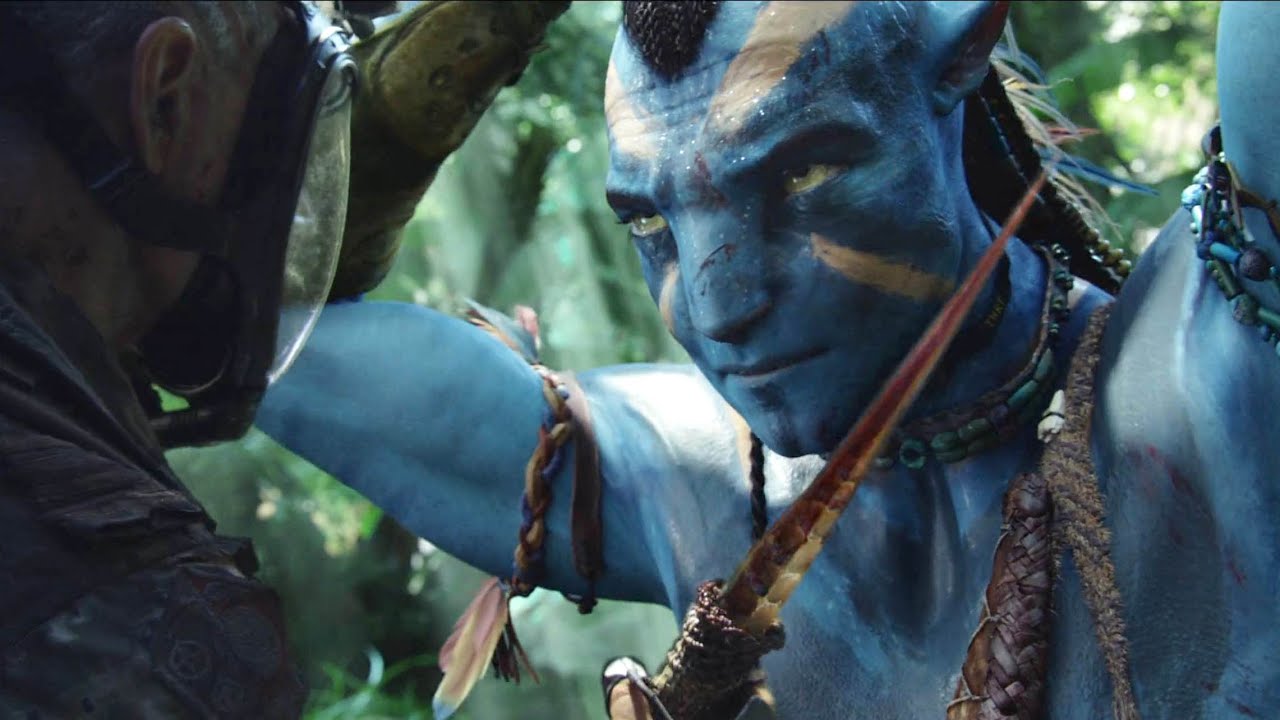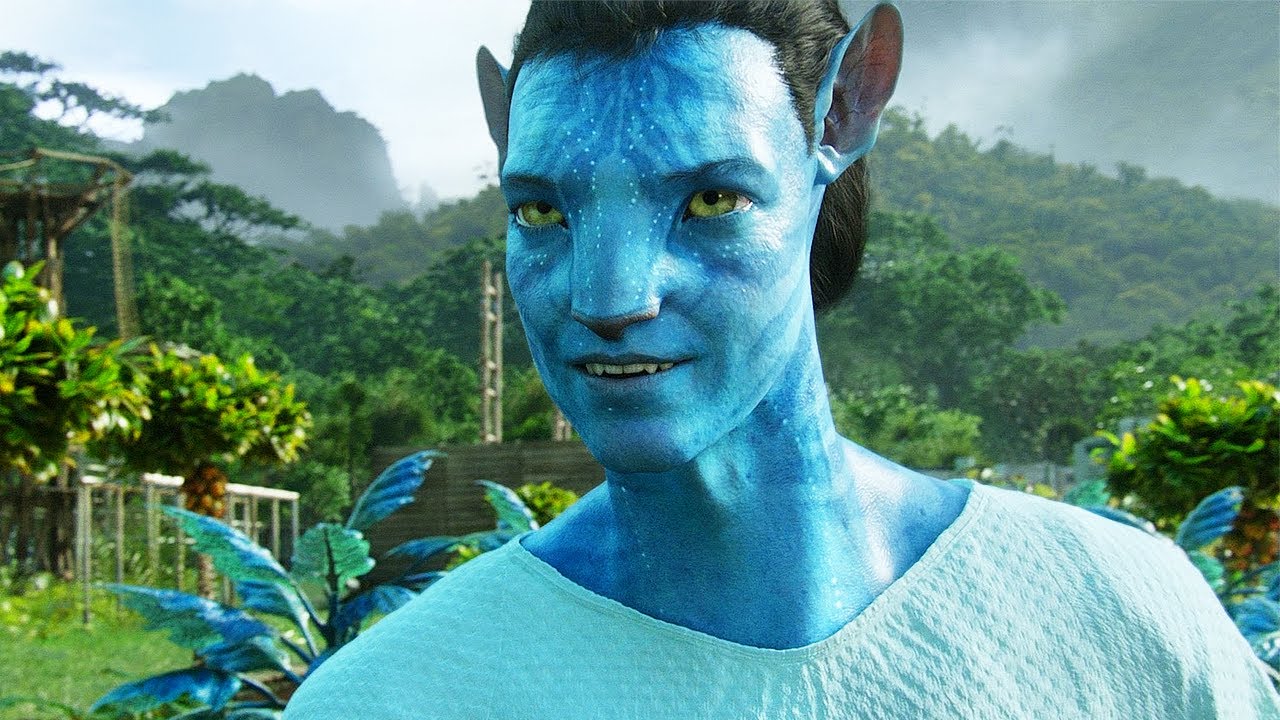🎬 Avatar (2009)

A Cinematic Marvel: Unpacking the Masterpiece of Avatar (2009)
James Cameron’s Avatar (2009) is more than a movie; it is a transformative experience that pushed the boundaries of filmmaking. Garnering widespread acclaim and smashing box office records, Avatar introduced audiences to Pandora, a world teeming with visual splendor and emotional depth. This groundbreaking film remains a cornerstone of cinematic innovation. Let’s delve into what makes this masterpiece stand out.
A Game-Changing Visual Spectacle
One cannot discuss Avatar without marveling at its stunning visuals. Released in 2009, the film redefined what audiences could expect from CGI and 3D technology. Cameron and his team spent years developing the technology needed to bring Pandora to life, and the results were extraordinary. Lush bioluminescent jungles, floating mountains, and the breathtaking Tree of Souls created an immersive world that felt tangible.
Utilizing groundbreaking performance-capture technology, Avatar seamlessly blended live-action with CGI. The Na’vi characters, with their expressive eyes and intricate facial details, appeared almost human despite their alien appearance. Each frame of Avatar was meticulously crafted, ensuring that audiences were fully immersed in Pandora’s enchanting environment.
A Timeless Plot with Universal Themes
At its core, Avatar tells a story that resonates universally. Set in 2154, the film follows Jake Sully (Sam Worthington), a paraplegic ex-Marine who is recruited by the Resources Development Administration (RDA) to participate in the Avatar Program. Through this program, Jake controls a genetically-engineered Na’vi body, enabling him to infiltrate the indigenous Omaticaya clan and facilitate the exploitation of Pandora’s valuable mineral, unobtanium.
However, as Jake immerses himself in the Na’vi culture, he begins to question the morality of his mission. The love story between Jake and Neytiri (Zoe Saldana), a fierce and compassionate Na’vi warrior, serves as the emotional core of the film. Their bond transcends cultural barriers, symbolizing the importance of understanding and respect for others.
The narrative of Avatar may echo familiar tropes—such as the “outsider becoming a savior” and “nature versus industry”—but its execution elevates it to profound levels. Cameron deftly uses the story to explore themes of environmentalism, imperialism, and the consequences of corporate greed. These themes, though set on a fictional alien planet, have clear parallels to real-world issues, making Avatar both timely and timeless.
Character Development and Performances
Jake Sully’s journey from a disillusioned Marine to a hero of Pandora is compelling. Sam Worthington delivers a nuanced performance, capturing Jake’s transformation as he grapples with his conflicting loyalties. Zoe Saldana as Neytiri is equally captivating, infusing her character with strength, grace, and vulnerability.
Sigourney Weaver shines as Dr. Grace Augustine, the head of the Avatar Program, whose scientific curiosity and empathy for the Na’vi make her one of the film’s most memorable characters. Stephen Lang’s portrayal of Colonel Quaritch, the antagonist, is both chilling and charismatic. His unwavering commitment to RDA’s mission embodies the destructive arrogance of unchecked militarism.
Immersive World-Building
The heart of Avatar lies in its unparalleled world-building. Cameron and his team created an ecosystem for Pandora, complete with unique flora and fauna. From the majestic banshees to the fearsome thanator, every creature feels authentic and serves a purpose within the planet’s ecosystem.
The Na’vi culture is richly detailed, with its own language, customs, and spiritual beliefs. The film’s linguistic realism is bolstered by the Na’vi language, which was developed by linguist Paul Frommer specifically for Avatar. This meticulous attention to detail enhances the authenticity of the story, making Pandora feel like a living, breathing world.
Themes of Environmentalism and Colonialism
At its core, Avatar is a cautionary tale about humanity’s exploitation of nature. The film’s depiction of the RDA’s relentless pursuit of unobtanium mirrors historical instances of resource exploitation and environmental destruction. Cameron makes a compelling case for the interconnectedness of all living things, a concept central to the Na’vi’s spiritual beliefs.
The film also critiques colonialism, highlighting the devastating impact of imposing one’s will on another culture. The Na’vi’s resistance against the RDA echoes the struggles of indigenous populations throughout history. This thematic richness gives Avatar a depth that resonates beyond its sci-fi trappings.
 v
v